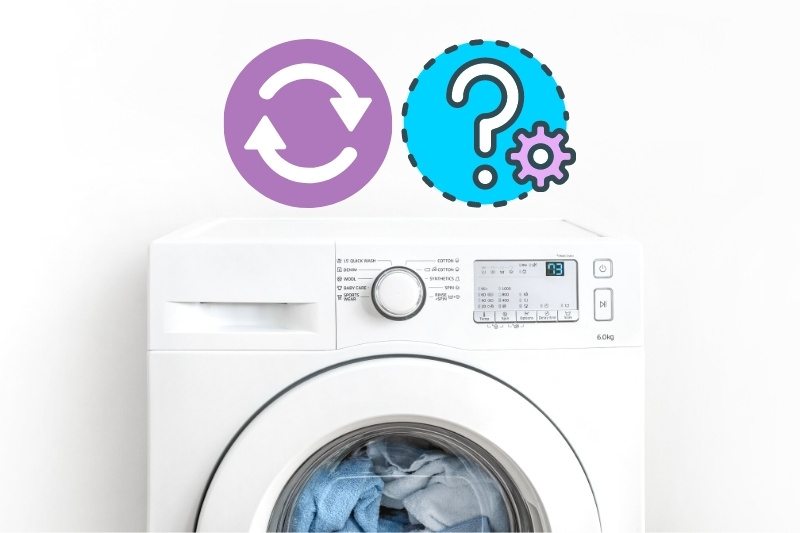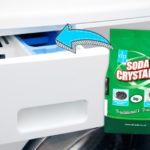Washing machines are basically wizards in disguise!
You put filthy items of clothing into these little machines, tap a few buttons, and within an hour or so, you get beautiful, gleaming garments back in return… It must be magic!
Sorry to disappoint you, but it isn’t magic at all. It is, in fact, years of inventing, engineering and history in the making! Discover the story behind how a washing machine cleans clothes below.
Before you find out how a washing machine works, it’s a good idea to find out what types of washing machine there are, what parts these washing machines have and what these parts do.
The Different Types of Washing Machine You Can Buy
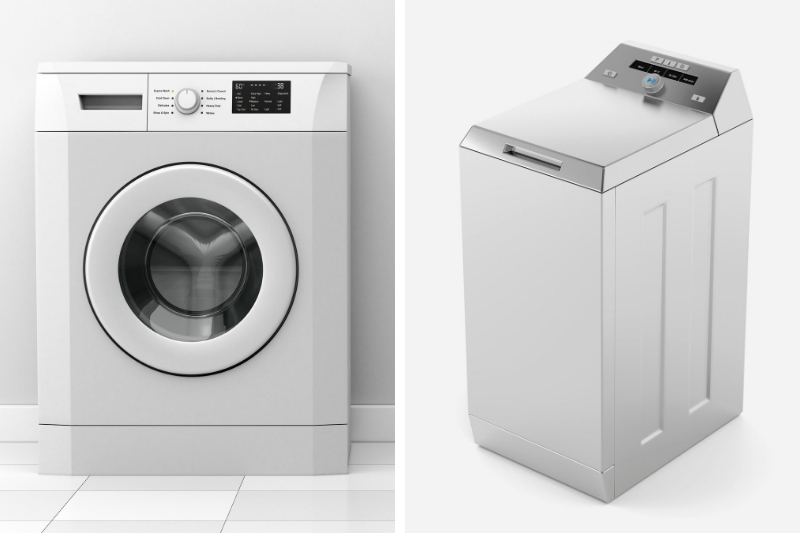
Generally, there are two types of washing machine you can buy:
- One with a lid at the top where you pop clothes in – this is known as a top-loading washing machine.
- One with a door on the front where you put your laundry in – this is known as a front-loading washing machine.
A top-loading washing machine stands up vertically and you add your laundry into the inner drum through a lid at the top. This type of washing machine can be bought here in the UK, but it isn’t quite as popular as a front-loading machine.
That being said, these appliances are often narrower in size so they’re suitable for smaller homes, you can wash a big load of laundry in the machine, and because they’re upright they’re a good option for people who suffer with back problems.
A front-loading washing machine, on the other hand, is a machine where you pop your laundry in through a door at the front of the appliance.
These machines are incredibly popular in the UK, plus, they come in different sizes so you can choose a machine to suit your home (for example, a 6 kg drum to a 12 kg drum).
There are some variations of a front-loading washing machine to be had, for example, one of the most common ones is a freestanding front loading washing machine (a standard front loading washing machine that you can pop anywhere in your home, as long as the appliance is connected to a water supply point and a drain).
You can also get an integrated washing machine (looks similar to a front-loading washing machine but it slots into a cupboard in your home), and a washer-dryer machine (a front-loading machine that washes and dries clothes). However, these variations all work in the same way.
The Parts in a Washing Machine and What They Do
Although most washing machines work in a similar way to each other, there are a couple of parts that turn up in some types of washing machine and not in others. You can find out more about this below.
Note: Your specific user manual may use different names for the parts listed below.
Inner drum (basket)

This is the part of the washing machine where you pop your dirty laundry into. You will notice that this drum moves around and has little holes in it. The holes are there to allow water into the drum as the laundry is being washed.
Outer drum
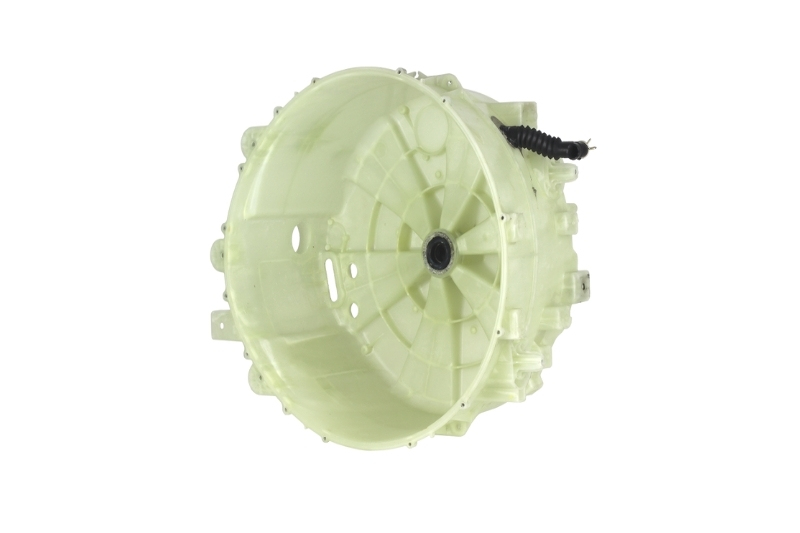
The outer drum is the drum that surrounds the inner drum, but you cannot see it. The outer drum doesn’t move around and instead it holds onto all of the water that is inside the machine as a washing cycle takes place. This drum is completely water tight.
Agitator
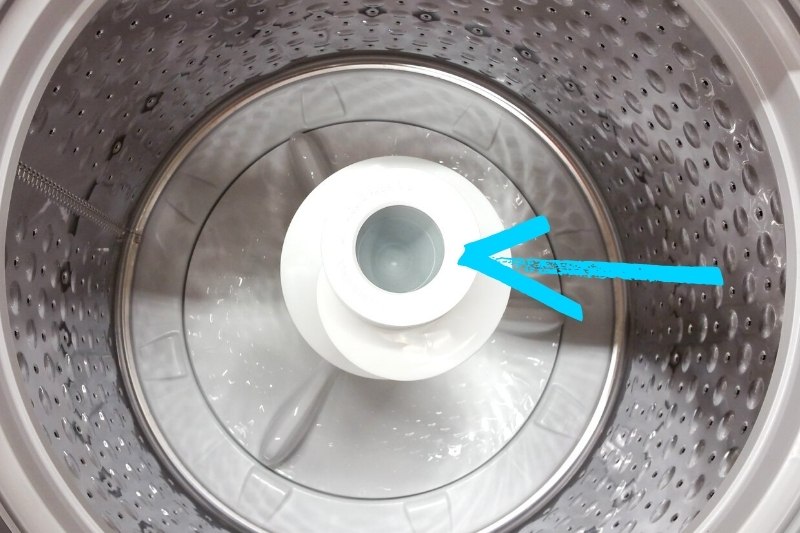
An agitator appears in top loading washing machines. It typically looks like a big paddle that sticks up in the centre of the inner drum, and its job is to turn the clothes around in the water during a wash cycle.
Paddles
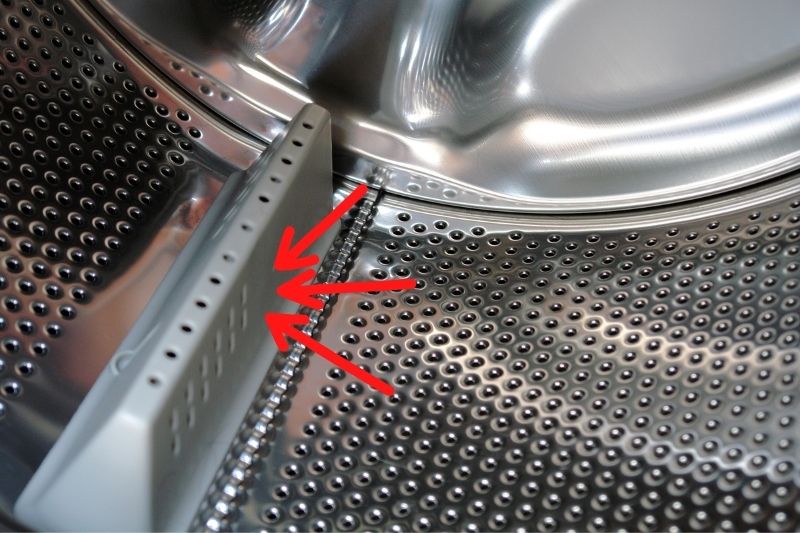
Drum paddles are used in front-loading washing machines, and their role is to push and flip clothes around in the inner drum during a wash cycle.
The paddles turn and move the clothes around so that they get cleaned. Unlike an agitator, a front-loading washing machine usually has three paddles and they are stuck onto the sides of the inner drum.
Pipes and valves
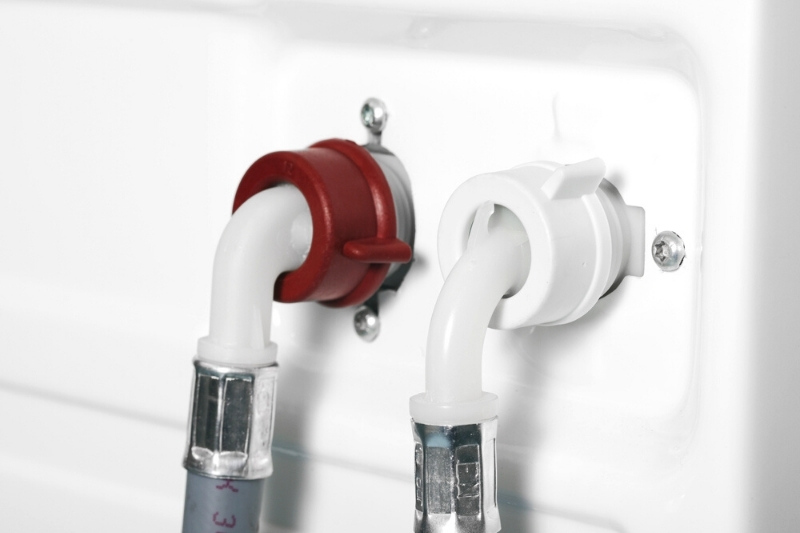
These parts are responsible for leaving water into the washing machine.
Pump and hose
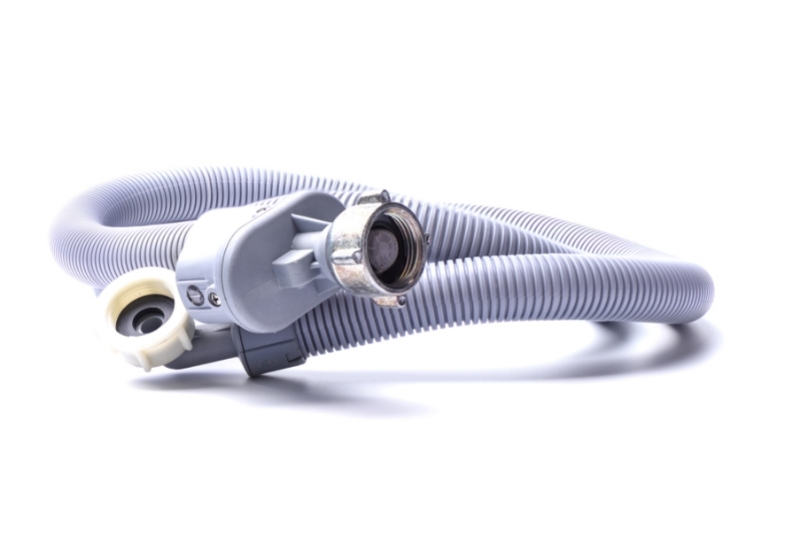
The role of the pump and the hose is to remove the waste water from the washing machine when the wash cycle has ended.
Thermostat
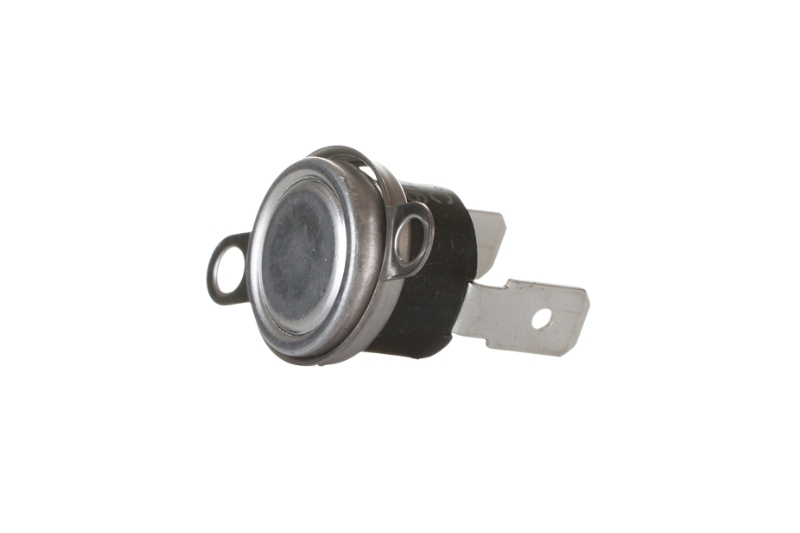
The thermostat regulates the water temperature inside of the washing machine, and it ensures that the water is heated to the temperature requested by the user.
Controller (programmer)
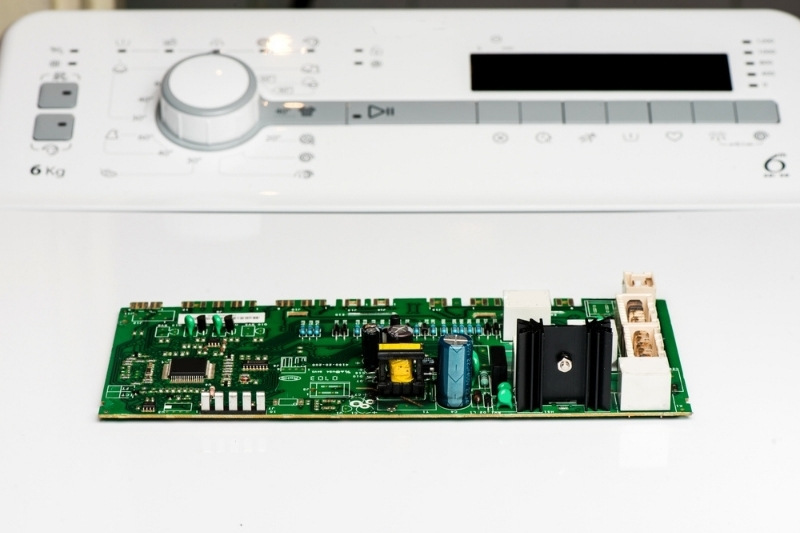
This is the part that controls what the washing machine does and it ensures that the machine goes through the correct programs (washing to spin, for example).
Motor and belt
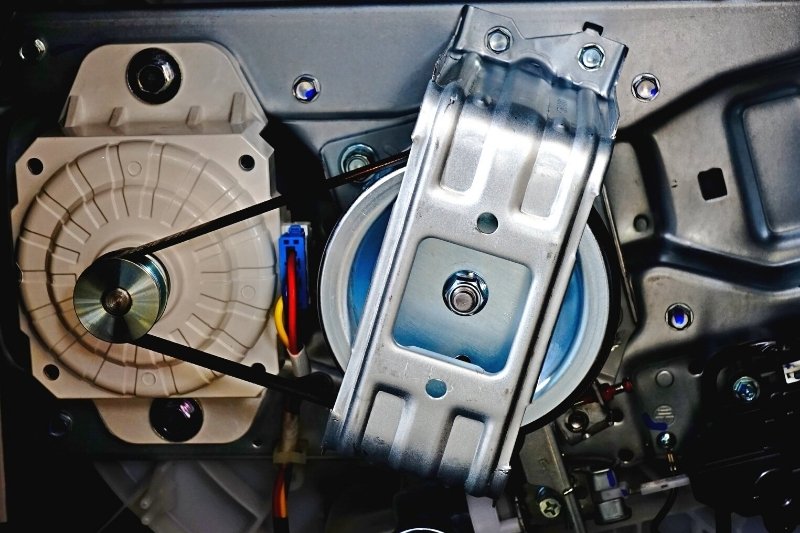
These parts are responsible for turning the inner drum during a wash cycle in a front-loading machine. In a top loader they’re responsible for making sure that the agitator works correctly and that the inner drum spins properly.
Weights
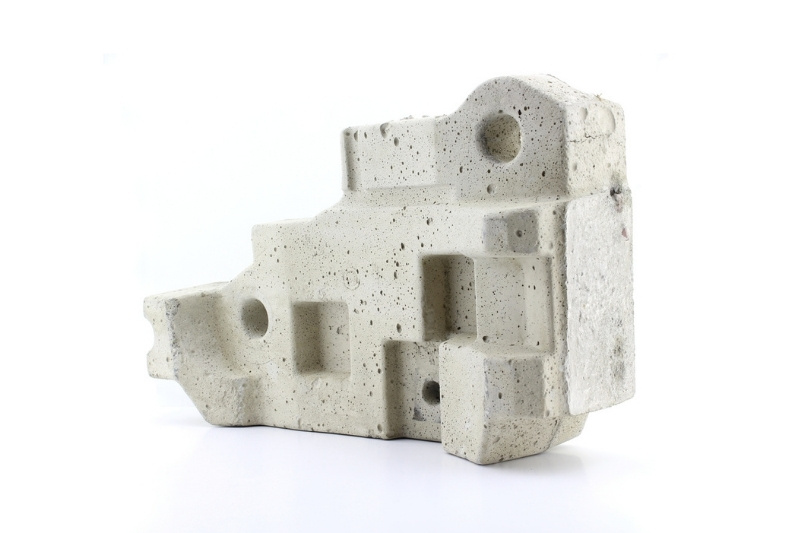
Your machine will be weighed down internally by a heavy object. This prevents the washing machine from moving around when various cycles are being run.
Springs

The springs inside a washing machine are there to take the impact of the vibrations that occur as a washing machine moves through its bumpy and shaky cycles.
Now you know what parts there are in a washing machine, it’s now time to find out how these parts actually work together to clean your clothes.
How Does a Washing Machine Clean Clothes?
This is how a washing machine cleans your clothes…
In a top-loading washing machine

- You pop the lid on your top-loading washing machine.
- You put your laundry into the machine. Your clothes are in the inner drum.
- You add your detergent and fabric softener into the detergent compartment and select the right program for your items.
- Pipes and valves allow water to enter the washing machine.
- The pipes and valves also transport the detergent into the inner drum to wash the clothes.
- The motor and belt power up the agitator during the wash cycle, and the agitator twists and turns the clothes around in the soapy water to wash them.
- The outer drum does not move, and instead it holds onto the water inside the machine.
- After the cycle has ended the pump and hose drain the waste water out of the washing machine.
- Clean water is then added to the inner drum, through the pipes and valves, to rinse the clothes.
- The agitator moves the clothes around again, so that excess soap gets cleaned away.
- The wastewater is removed from the washing machine through the pump and hose again.
- The motor and belt again work together to spin the inner drum of the washing machine, so that the clothes enter into a spin cycle (remove excess fluid).
- The entire washing process ends when the spin cycle has been completed.
In a front-loading washing machine
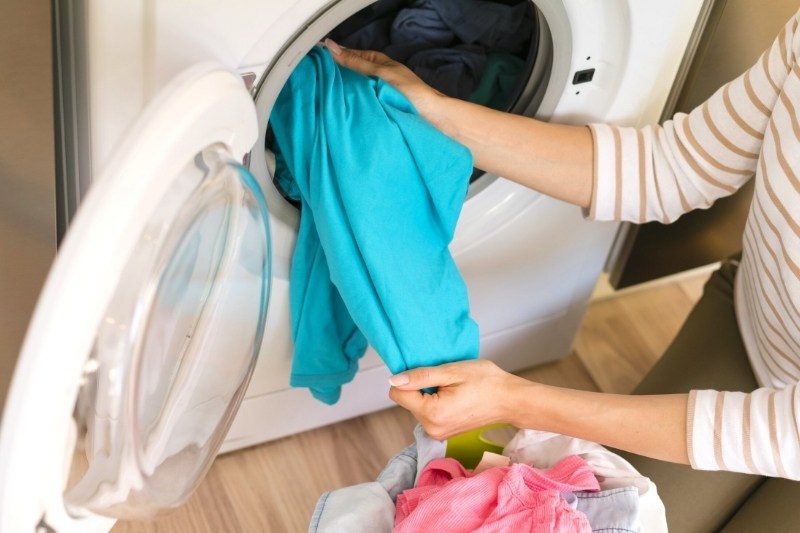
- You open the door on the front of your washing machine and add your clothes into the inner drum of the appliance.
- You close the door and fill the detergent drawer with your cleaning products.
- You need to select the correct wash program.
- Water enters the inner drum of the washing machine through the pipes and valves.
- The water from the pipes and valves also flushes out the detergent drawer, so that the soap gets to the clothes in the inner drum, the washing machine will go quiet for a few seconds during this time.
- The inner drum starts to spin around with the help of the motor and the belt, but the outer drum remains in place and will hold onto all the water inside the machine.
- The paddles on the side of the inner drum twist and move the dirty clothes around in the soapy water.
- The thermostat regulates the water temperature inside the drum too.
- When the wash cycle has ended the pump and hose take the wastewater away.
- The pipes and valves then add more water into the inner drum to rinse the clothes.
- The inner drum moves around and the paddles agitate the clothes again.
- The pump and hose again remove the waste water.
- The motor and belt then spin the inner drum very quickly to perform a spin cycle in order to remove excess moisture from the laundry.
- The entire washing process ends when the spin cycle has been completed.
See our full guide to using a front-loading washing machine for more info!
Tips to Keep in Mind When Using a Washing Machine
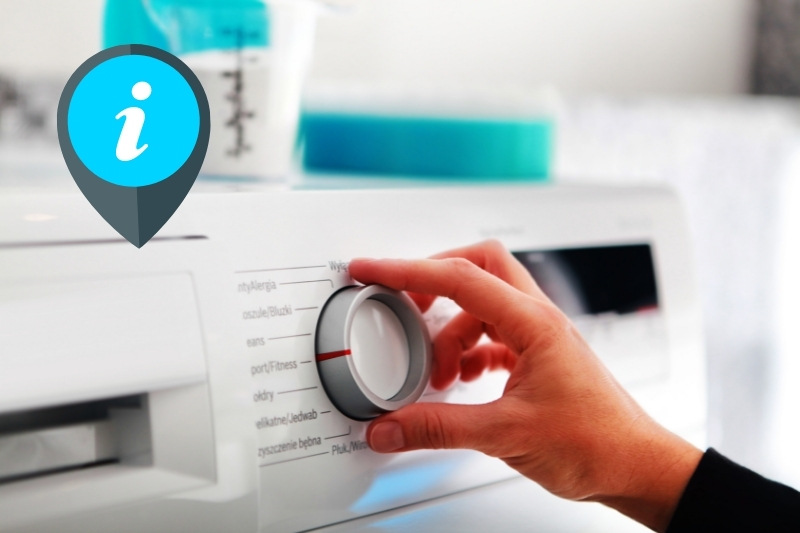
Here are a few tips to think about when you’re using your washing machine:
- You must always choose the correct washing programs on your washing machine. Doing so will not only mean that your clothes will be protected from damage, but they may also come out of the wash cleaner because they’ve actually been washed properly. If you’re a little unsure about what each program on your washer means, check out our guide to washing machine programs.
- If a single one of the parts listed above breaks, or stops working for some reason, the problem must be investigated. In most cases, parts can be replaced for a price, and you should avoid using your appliance if you know it’s damaged in some way.
- Always check your clothes over before you do any sort of washing. This small little exercise can stop your washing machine from getting damaged. Coins, for example, can play havoc in a washing machine. Stray tissues also clog up washing machines!

Bethan has a passion for exploring, reading, cooking and gardening! When she’s not creating culinary delights for her family, she’s concocting potions to keep her house clean!
